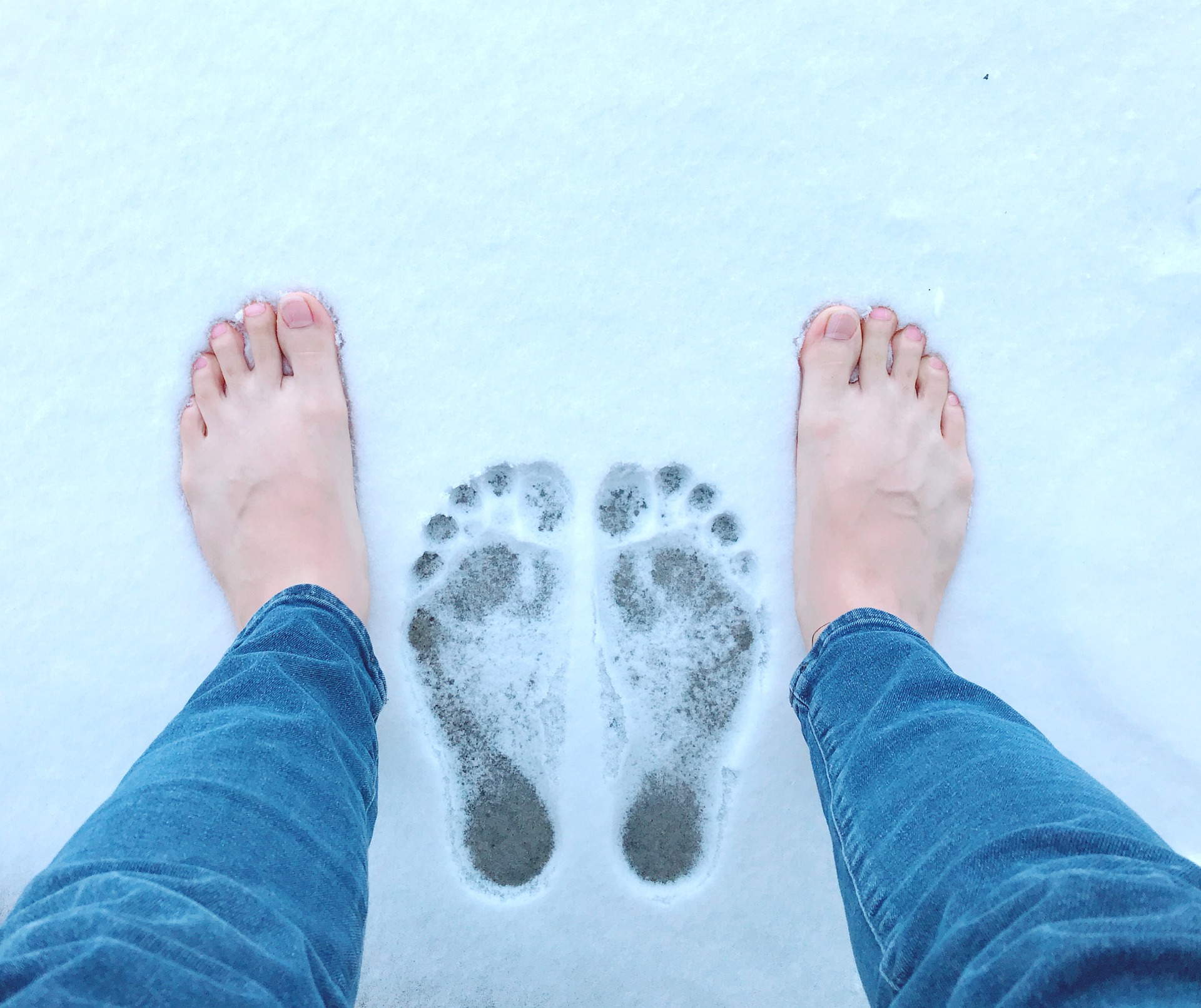
Raynaud’s Disease
There are many things about the human body that we have yet to understand. One of those things is a condition called Raynaud’s disease. When some people’s bodies overreact to stress or cold temperatures, the small blood vessels in their toes and fingers spasm and narrow. This causes color changes, numbness, and tingling. Science isn’t exactly sure what the underlying cause of this disease (sometimes referred to as a syndrome or phenomenon) really is.
Raynaud’s manifests in episodes called vasospasms, which can occur during exposure to cold temperatures or during times of high stress. All of the blood vessels in our skin are thermoregulatory, meaning they naturally react to changing temperatures by diverting blood to internal veins to maintain body temperature.
For someone with Raynaud’s disease, this natural bodily function is intensified and the vessels narrow to a much larger degree even during simple events such as holding a cold glass or being exposed to air conditioning. That’s when the color show begins. First, toes and fingers will turn white (pallor) as the vessels narrow. Then, they turn blue (cyanosis) because they are not receiving ample oxygen-rich blood. Lastly, as the blood vessels return to normal, the digits turn red and may hurt or tingle.
Doctors are able to diagnose the symptoms of Raynaud’s disease fairly easily, but identifying an underlying cause is much more difficult. With a full family history and physical examination, doctors can determine if the disease stands on its own (the most common form) or if a secondary factory is causing the symptoms. Raynaud’s usually affects women and manifests around the age of 30. It also runs in families, and most patients with the disease have at least one primary family member who is also affected.
“Treatment” usually comes in the form of simple lifestyle changes such as avoiding cold weather and managing stress. For people with Primary Raynaud’s disease (aka not caused by an identifiable underlying cause) there is generally no tissue damage, so non-prescription homeopathic remedies are best. If the phenomenon is linked to another illness, the doctor will focus on treating the cause and simply manage the symptoms in the meantime.
If you have ever had unexplained color or temperature changes in your fingers or toes during exposure to cold or stress, you could have symptoms of Raynaud’s disease. While this condition is not generally severe, if left untreated, permanent damage to bodily tissues could occur. If you think you have these symptoms, ask your podiatrist and they can help set up a treatment plan for you today.
Leave a reply